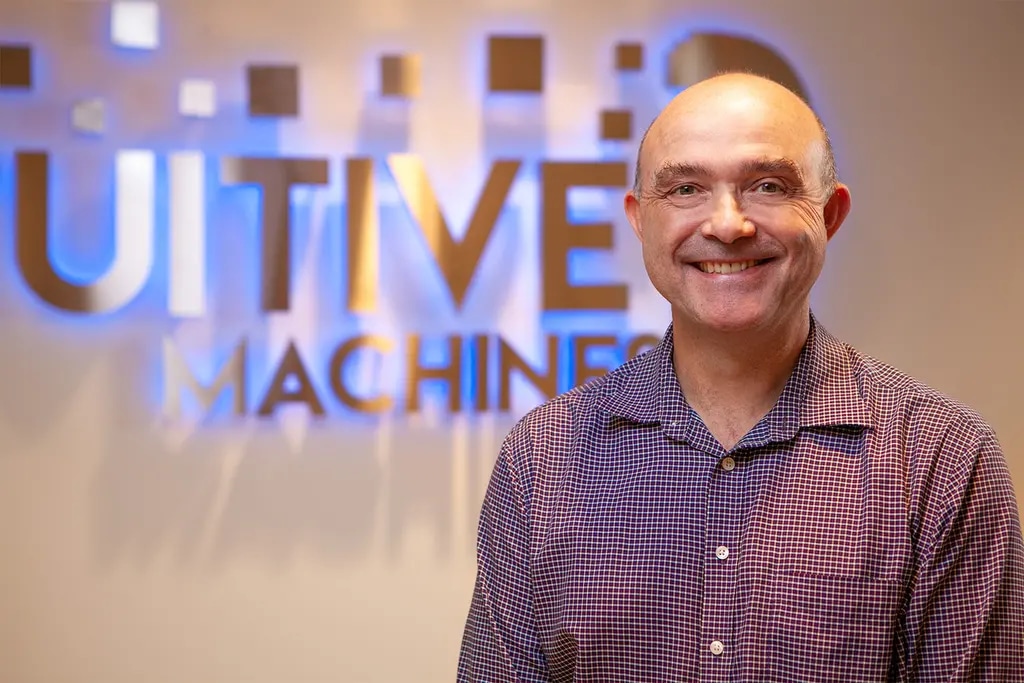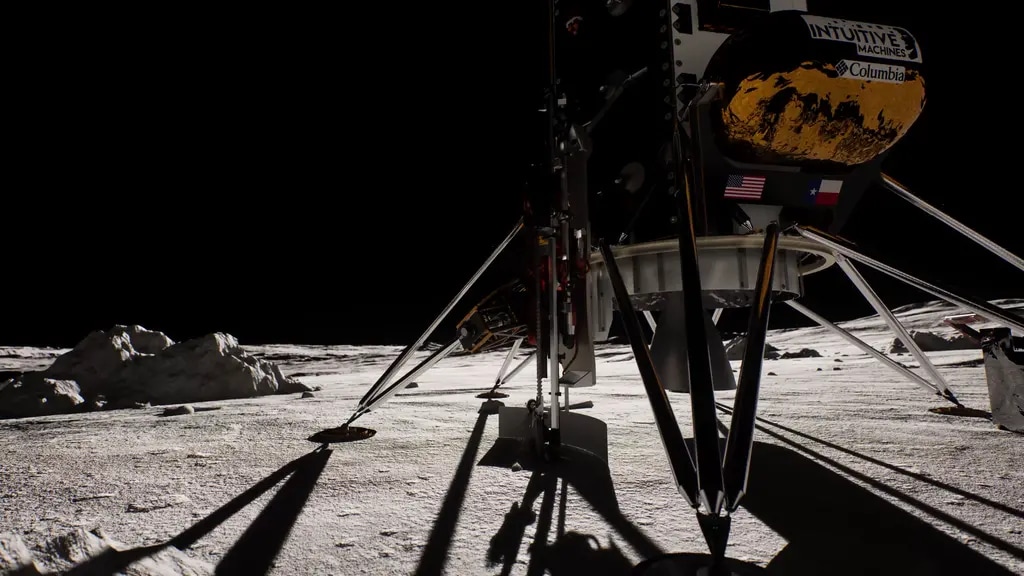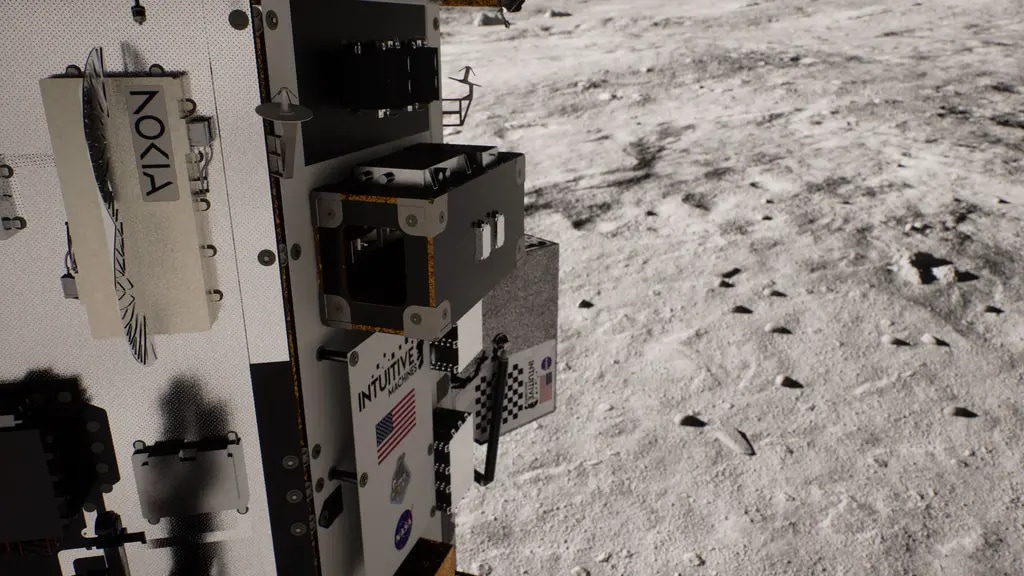The science of prospecting for water on the Moon

As far as major scientific discoveries in space go, finding significant amounts of water on the Moon would be at the top list. Why? Because extracting water from the lunar surface would be instrumental to humanity’s exploration of the Solar System.
Water could mean easy access to two critical elements we will need for future missions: oxygen for astronauts to breathe and hydrogen to make fuel for lunar habitats, vehicles and an eventual journey to Mars. Furthermore, that water could be processed to make it a potable drinking source for astronauts and provide irrigation for crops.
We know there is water on the Moon — orbital scans of the lunar surface have long provided the evidence. We just don’t know exactly where it is, and what form it takes. Will that water be in large veins of ice or crystals dispersed through the lunar soil? Will that ice be just below the sunlit surface or will it reside deep within craters in places of permanent shadow?
These are questions that will take many lunar missions to fully resolve. But Intuitive Machines and Nokia’s upcoming mission to the Moon’s south pole region may provide scientists with some of those answers. Scheduled to launch no earlier than late February, The IM-2 mission is designed to conduct many scientific experiments as part of NASA’s Commercial Lunar Payload Services (CLPS) initiative in advance of future crewed missions to the Moon as part of the agency’s broader Artemis campaign. In addition, IM-2 will trial new technologies as part of NASA’s Tipping Point initiative. One of the mission’s key scientific goals is assessing lunar infrastructure required to search for water. IM-2 intends to test several technologies that allow future missions to identify and extract water resources on the Moon.
“We know from orbital data that there are enhanced concentrations of hydrogen at the lunar poles, which would indicate ice deposits,” said Ben Bussey, Intuitive Machines’ Chief Scientist. “We know the locations that water is likely to be. What we now need is what we call ‘ground truth.’ We need to go to these physical locations and collect data.”
Drills, drones and sensors
The water science of IM-2 boils down to proving the efficacy of several new exploration and sensing technologies. First up is Intuitive Machines’ Micro-Nova Hopper, which is essentially a rocket-fueled drone that propels itself with hydrazine. The Hopper moves as its name implies, launching itself upwards as much as 100 meters and then descending to a new location up to 280 meters away. This allows the Micro-Nova to venture into places no wheeled rover could even go — specifically deep into steep-walled lunar craters.
Exploring craters is important because that’s where surface ice on the Moon is most likely to be. Craters contain areas of permanent shadow where conditions are ideal for preserving water in solid form, Bussey said.

“If you were to take a block of ice to the surface of Moon, it would just sublimate — or vaporize — off into space,” Bussey explained. “In areas exposed to the Sun, the higher temperatures and lack of atmosphere means no surface ice can form. But when you get down to temperatures of -160 degrees Celsius, or 110 Kelvin, ice doesn’t sublimate, even though there is no atmosphere. These extremely cold conditions, exist in deeply shadowed regions of the Moon, specifically along crater walls that have never seen the Sun.”
When the IM-2 mission lunar lander -- named Athena – touches down near the Moon’s south pole, it will carry both the Micro-Nova and the Nokia Bell Labs Lunar Surface Communications System (LSCS), a cellular network that will provide connectivity for the mission vehicles. Intuitive Machines mission controllers will issue a series of commands to the Micro-Nova over the network, sending it on a multi-hop journey across the lunar surface. This voyage will culminate with a 15-to-20-meter descent into a lunar crater. And that’s where the scientific instruments carried by the Micro-Nova will get to work.
The first instrument is called a pyrometer, which is a thermometer that measures temperature by detecting thermal radiation. This pyrometer, developed by the German Aerospace Center, will determine whether temperature conditions in the crater are suitable for water ice.
The next instrument is a neutron spectrometer created by Puli Space Technologies in Hungary. When galactic cosmic rays collide with the surface of the Moon they produce a flux of neutrons, which is what the neutron spectrometer detects. By measuring the concentration of neutrons at a specific point on the lunar surface, the spectrometer can determine whether hydrogen is present. Hydrogen means water.
If these instruments were to detect the right temperature conditions and record high levels of hydrogen, then there is a good chance that water is present in the crater. Additional sensor readings and images taken from the Micro-Nova’s onboard cameras would then collect more data to see what form that water takes. That data would be transmitted over Nokia’s network to the lander and then relayed back to Earth using Intuitive Machines’ direct-to-Earth data transmission service.

While the Hopper is venturing across the lunar landscape, there will also be plenty of activity at the landing site. One of Athena’s payloads is NASA’s PRIME-1, short for Polar Resources Ice Mining Equipment 1. PRIME-1 has two components: a drill that will bore through lunar regolith about a meter below the Moon’s surface, and a mass spectrometer that will measure any volatile gases that the drill brings up.
PRIME-1 will search for ice just below the Moon’s surface where layers of rock and soil could provide the insulation from sun and vacuum necessary for ice deposits to form.
Setting the stage for future missions
Testing these new sensing and exploration technologies, and capturing the data they record, could be key steps toward establishing water prospecting and extraction operations on the Moon. If the IM-2 mission can prove that they work, then future missions will be able to put them to work on a much larger scale.
Also being put to the test is Nokia’s lunar networking technology. On IM-2, the LSCS is designed to provide the critical command-and-control link to the Micro-Nova, while transmitting telemetry, and sensor and scientific data back to the Athena lander. On future missions, however, cellular technologies could connect so much more.

“You can easily imagine astronauts exploring in a lunar rover with a Micro-Nova Hopper in the backseat,” said Thierry E. Klein, President of Bell Labs Solutions Research at Nokia. “When they happen upon a suitable crater, the astronauts would send the hopper to the bottom to look for ice. In such a case, the network would provide the wireless links that connect the hopper to the rover, connect the rover to the lunar base and connect the astronauts’ spacesuits to each other and to the lunar base.”
“That’s why IM-2 is such an important mission,” Klein continued. “We’re not only proving the science behind the search for lunar ice, but we’re also testing the networking technologies that will make this science possible.”
IM-2 has a lot riding on its shoulders. It intends to demonstrate the viability of technologies like the Micro-Nova, PRIME-1, the LSCS and a host of sensors. Of its long list of mission goals, however, discovering ice deposits on the Moon isn’t among them. The chances are slim of Athena touching down right on top of an ice deposit or of the Micro-Nova finding veins of ice in its first descent into a crater.
“The Moon is a big place — it has surface scale of Africa,” Bussey said. “We have a good idea of where we need to start looking for water, but there is still a lot of ground to cover. For us, scientific success is acquisition of the data itself, not what the data tells us. By showing we can take these measurements – and that we can make measurements in previously inaccessible places on the Moon – we’re setting the stage for future missions that will focus on finding water.”
And, while the possibility is very remote, what if IM-2 were to actually find water on the Moon?
“That,” Bussey said, “would be icing on the cake.”
